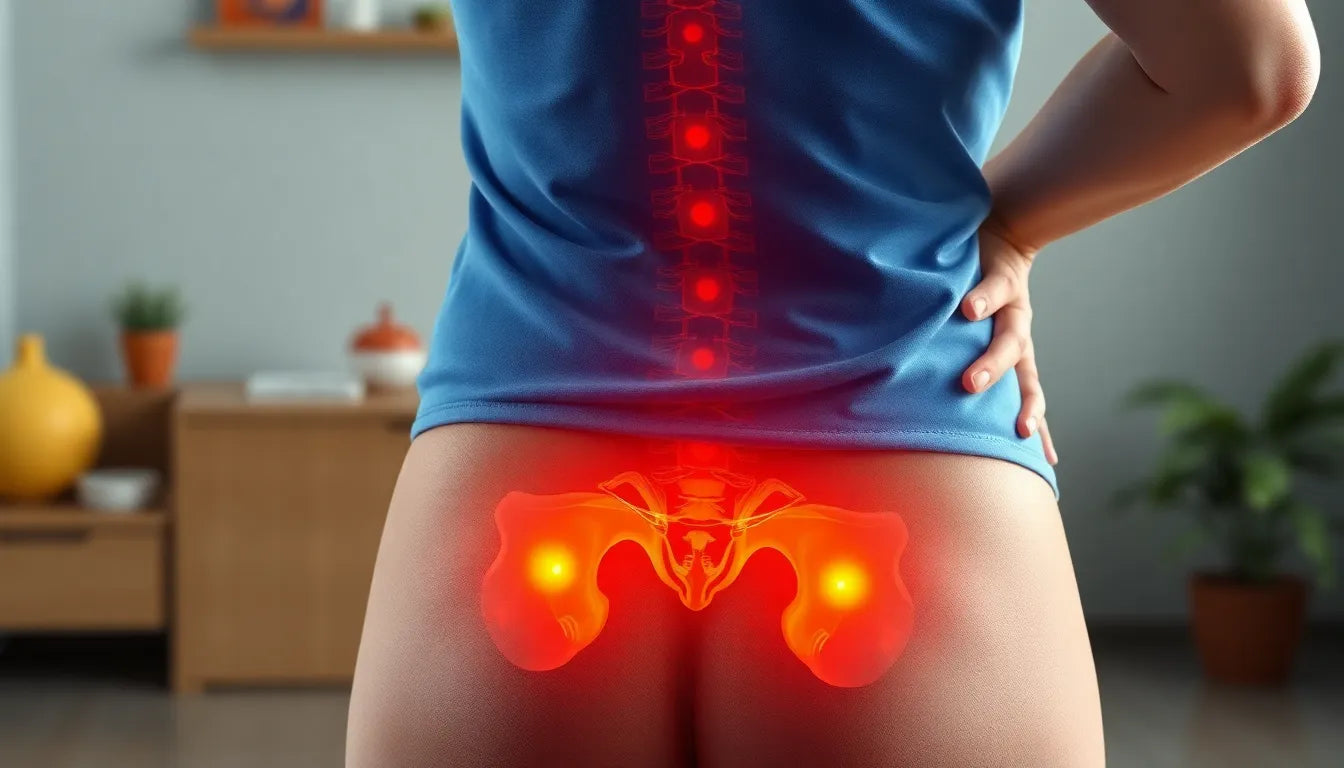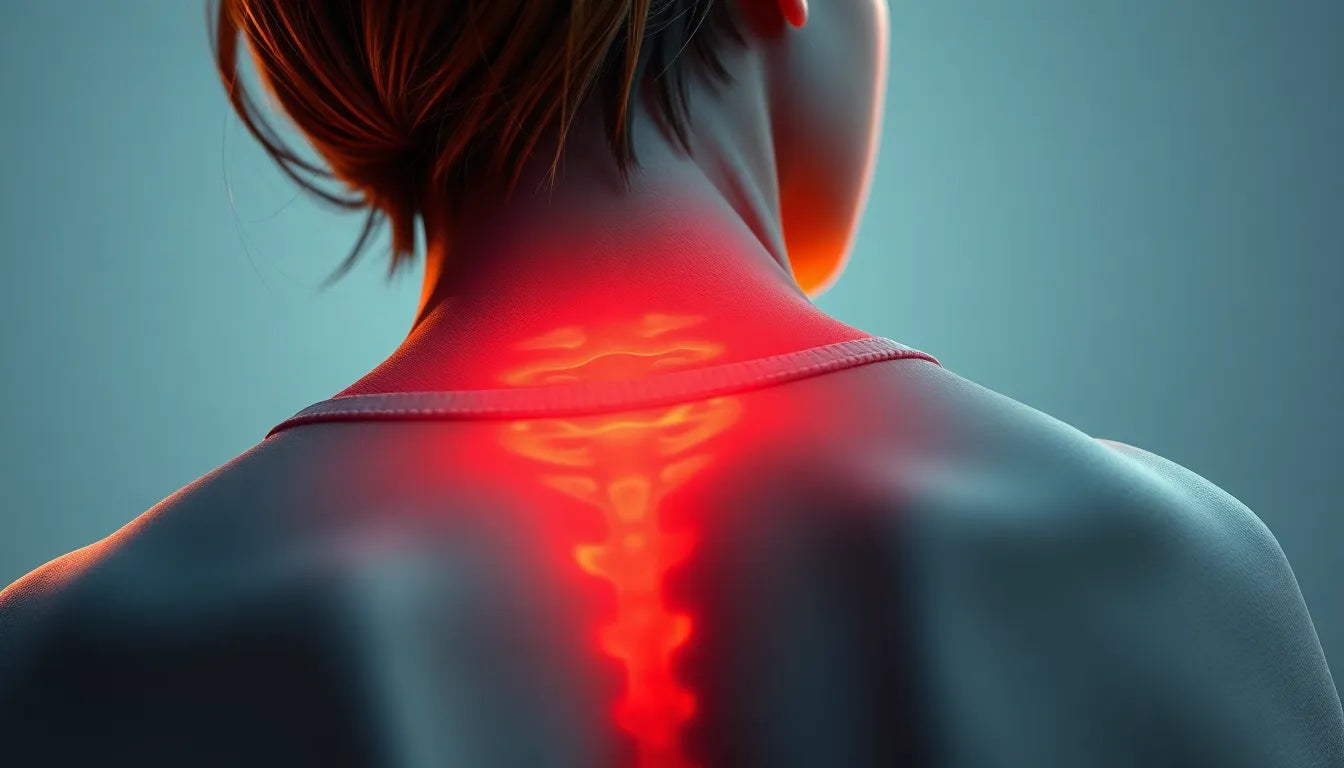Experiencing pain at the back of the knee, known as "ondt i knæet bagpå," is a common issue that can significantly impact daily life and mobility. This type of pain can affect anyone, from athletes to those who lead a more sedentary lifestyle. It can make simple tasks like walking, bending, or even standing for extended periods quite challenging. Understanding the root causes and symptoms of this discomfort is crucial for seeking the right treatment and preventing further complications.
Why understanding knee pain is crucial
Knee pain, particularly at the back, can arise from various underlying conditions. Identifying the exact cause is essential as it dictates the appropriate treatment approach. Whether it's due to a Bakers cyst, inflammation, or a ligament injury, each condition presents distinct symptoms and requires specific interventions. Early recognition and understanding of these symptoms can prevent the progression of the condition, reduce pain, and improve overall knee function.
Moreover, knee pain can sometimes indicate more serious health issues that need immediate attention. For instance, persistent pain might suggest a severe ligament injury or a degenerative condition that, if left untreated, could lead to chronic pain or disability. Therefore, having a thorough understanding of the potential causes and symptoms is not just beneficial but necessary for maintaining knee health and quality of life.
What you will learn in this blog
This blog post aims to equip you with comprehensive knowledge about the causes, symptoms, and treatment options for pain behind the knee. In the following sections, we will delve into common causes such as Bakers cysts, ligament injuries, and other conditions that might be responsible for this type of pain. Additionally, we will discuss how to recognize symptoms early and when it is imperative to seek medical attention.
Furthermore, the blog will explore various treatment options ranging from conservative methods like rest and physiotherapy to more advanced medical interventions. By the end of this read, you will be better informed about managing pain at the back of the knee and making educated decisions about your health care.
Common causes of pain behind the knee
Understanding the common causes of pain behind the knee is essential for effective treatment and management. One of the most frequent culprits is a Bakers cyst. This condition involves a fluid-filled swelling that develops at the back of the knee, often associated with other knee issues such as arthritis or meniscus injuries. Symptoms typically include a pressing pain and noticeable swelling, which can worsen when bending the knee. While smaller cysts may resolve on their own, larger or more symptomatic ones might require surgical intervention.
Another prevalent cause is inflammation or irritation of the popliteus tendon, a condition often seen in athletes like long-distance runners, cyclists, and skiers. This overuse injury leads to pain on the outer side behind the knee, accompanied by swelling, clicking sounds, and a sensation of instability. Treatment generally involves rest, specific exercises, and possibly physiotherapy to alleviate symptoms and prevent recurrence.
Posterior cruciate ligament injuries and other conditions
Posterior cruciate ligament (PCL) injuries are typically the result of strong impacts or twists, common in sports or accidents. The primary symptom is pain and instability, particularly when the shin moves backward relative to the thigh. A medical evaluation is crucial for determining the best course of treatment, which may range from conservative management to surgical repair in severe cases.
Bursitis, the inflammation of the bursa, is another condition that can cause localized pain and swelling behind the knee. This inflammation often results from repetitive movements or pressure on the knee, making rest and anti-inflammatory treatments effective in reducing symptoms.
Sciatica, although originating from the lower back, can cause radiating pain that extends down the back of the thigh and knee. This type of pain is often more diffuse and linked to underlying back issues, requiring a comprehensive approach to treatment that addresses the root cause.
Meniscus injuries can also contribute to pain behind the knee, especially when combined with other conditions like arthritis. Depending on the severity, treatment may involve conservative methods such as physical therapy or even surgical intervention to repair or remove damaged tissue.
Recognizing symptoms and when to seek medical attention
Recognizing the symptoms of pain behind the knee is crucial for timely and effective treatment. Typical symptoms include swelling, pressing or shooting pain, clicking sounds, limited mobility, and a feeling of instability. These symptoms often worsen with physical activity and improve with rest. However, if you experience night pain, persistent pain lasting over two weeks, or a significant reduction in knee function, it is important to seek medical advice promptly. Early intervention can prevent further damage and facilitate a quicker recovery.
Treatment options for pain behind the knee
When addressing pain at the back of the knee, known as "ondt i knæet bagpå," a range of treatment options are available depending on the underlying cause. For many conditions, conservative treatment is often the first line of defense. This approach includes the RICE principle—Rest, Ice, Compression, and Elevation—to manage swelling and pain. Physiotherapy is also a key component, focusing on exercises that strengthen the muscles around the knee and improve flexibility, which can help alleviate symptoms and prevent future injuries.

Lumbar support belt
Provides adjustable support and relief to the lower back, ideal for sciatica and back-related knee pain.
In cases where conservative methods are insufficient, medical treatments may be necessary. These can include cortisone injections to reduce inflammation and pain, as well as anti-inflammatory medications. For more severe conditions, such as large Bakers cysts or significant ligament injuries, surgical intervention might be considered. Surgery can effectively address these issues, offering relief and restoring function when other treatments have not succeeded.
Preventive measures and lifestyle adjustments
Preventing pain behind the knee involves a combination of lifestyle adjustments and preventive measures. Ensuring that muscles are strong and flexible through regular exercise can reduce the risk of injuries. Additionally, using proper techniques and ergonomic aids during physical activities can help prevent strain on the knee. For athletes, incorporating cross-training and allowing adequate rest between workouts can minimize the risk of overuse injuries.

Men's Posture Shirt™ - White
Posture-correcting shirt activates back muscles and relieves pain for daily comfort and activity.
Maintaining a healthy weight is also crucial, as excess weight can put additional stress on the knees, exacerbating pain and leading to further complications. Wearing appropriate footwear that provides adequate support and cushioning can also make a significant difference in preventing knee pain.
Frequently asked questions
What causes pain behind the knee?
Pain behind the knee can be caused by various conditions, including Bakers cyst, inflammation of tendons, ligament injuries, bursitis, sciatica, and meniscus injuries.
How can I relieve pain behind my knee?
Initial relief can often be achieved through the RICE method—Rest, Ice, Compression, and Elevation. Consulting a healthcare professional for a personalized treatment plan is advisable for persistent pain.
When should I see a doctor for knee pain?
If you experience night pain, persistent pain lasting over two weeks, or a significant reduction in knee function, it is important to seek medical advice promptly.
Can knee pain be prevented?
While not all knee pain can be prevented, maintaining strong and flexible muscles, using proper techniques during physical activities, and using ergonomic aids can help reduce the risk.
Is surgery always necessary for knee pain?
Surgery is typically considered a last resort, used when conservative treatments fail to provide relief or in cases of severe injury.


















